9540010091674
Price Quote Get an up to date pricing and availability quote for this product. Order online or over the phone.
Quality Commitment
Serving our customers with quality and safety first.
- AS9120 Certified
- Audited supply chain
- ITAR Registered
- DDTC Registered
- HAZMAT Certified
- Customer service objectives
- Every product 100% inspected

9540-01-009-1674 Specification Set by the OEM (see RNCC code 3)
extruded
0.750in.
0.078in.
0.078in.
t shape
0.078in.
1.720in.
1.730in.
0.125in.
0.125in.
3.450in.
square w/ inner and outer corner radii
0.125in.
0.016in.
0.016in.
0.250in.
identical
not identical
right bulbous
aluminum alloy, QQ-A-200/11
aluminum alloy 7075
QQ-A-200/11 fed spec 1st material response
Cross Reference Parts Part numbers that meet the specification outlined on this page and set by the OEM
Identification Item Identification Guide (IIG) and Item Name Code (INC)
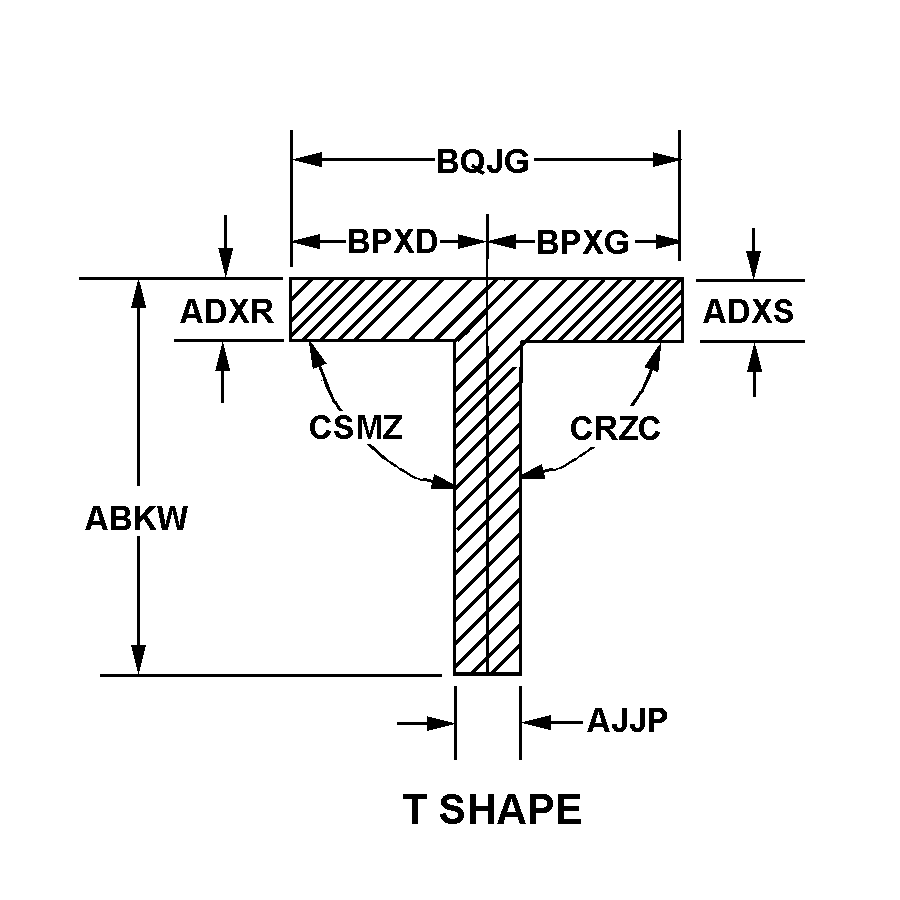
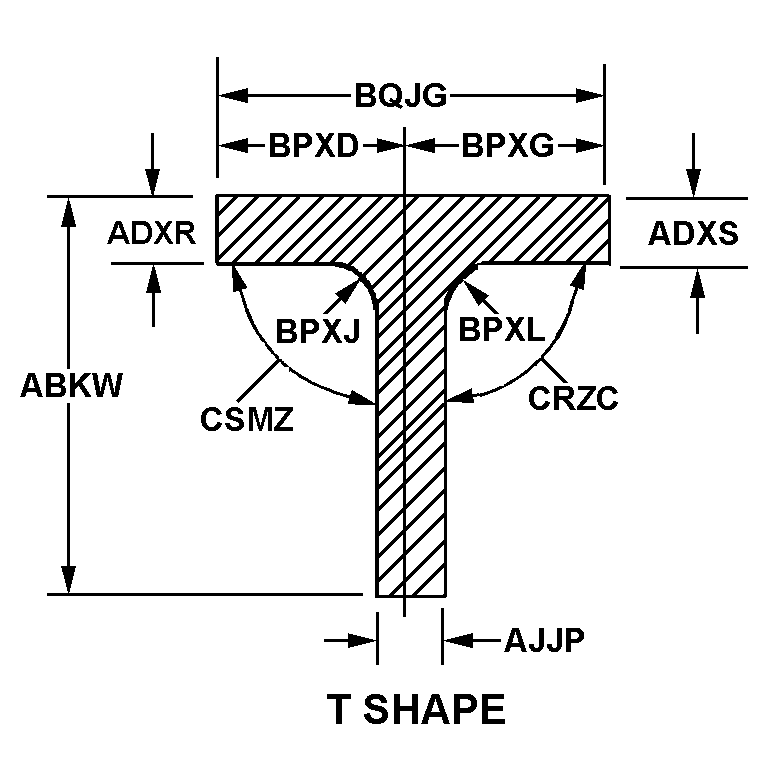


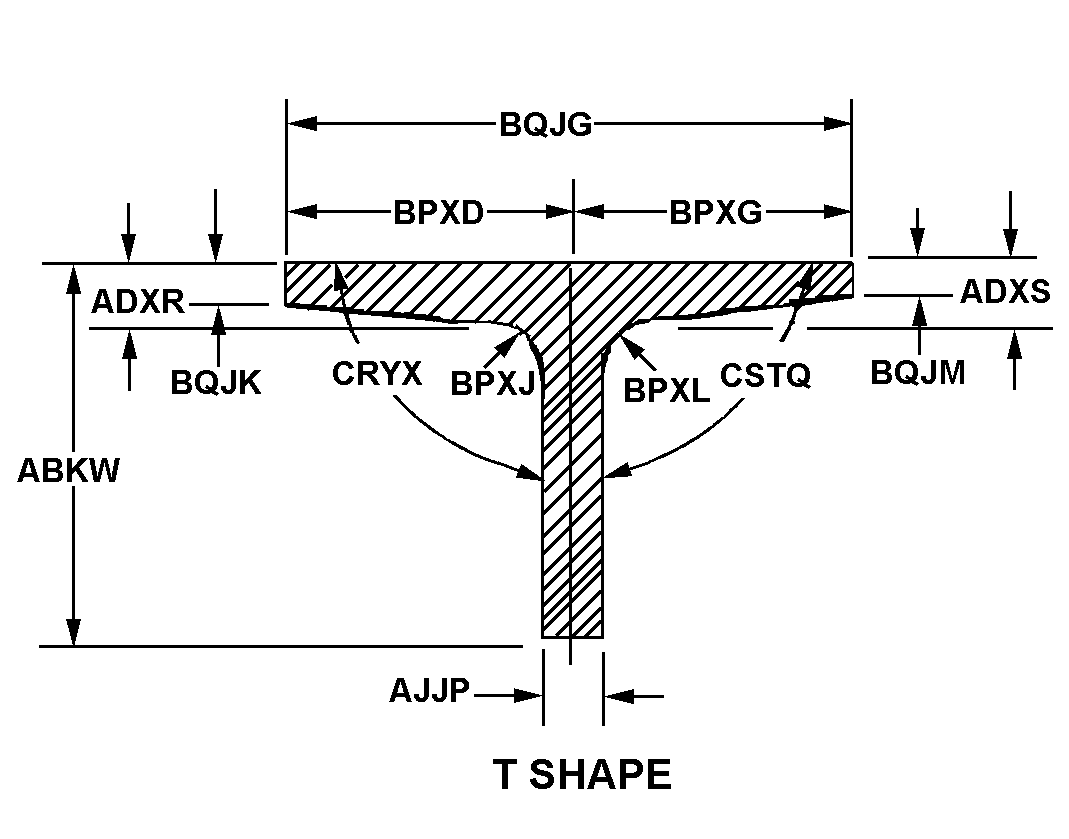
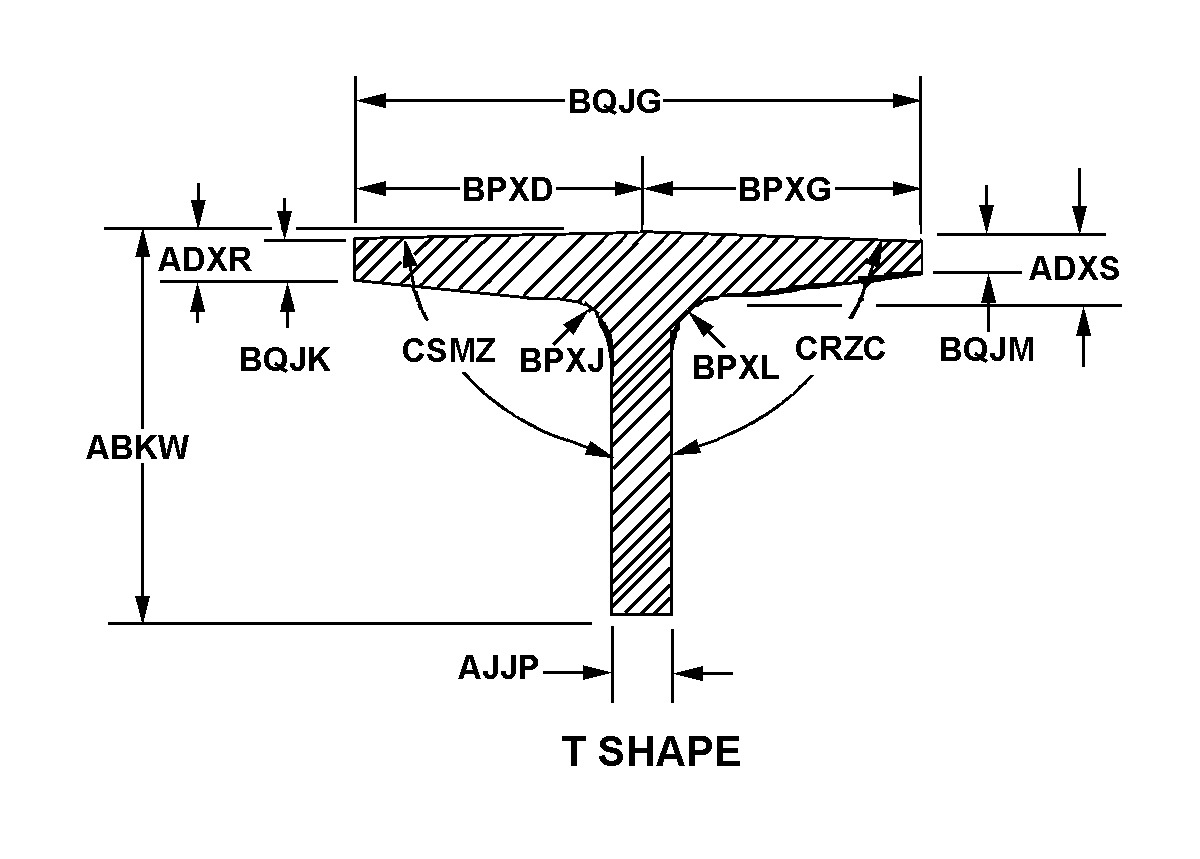
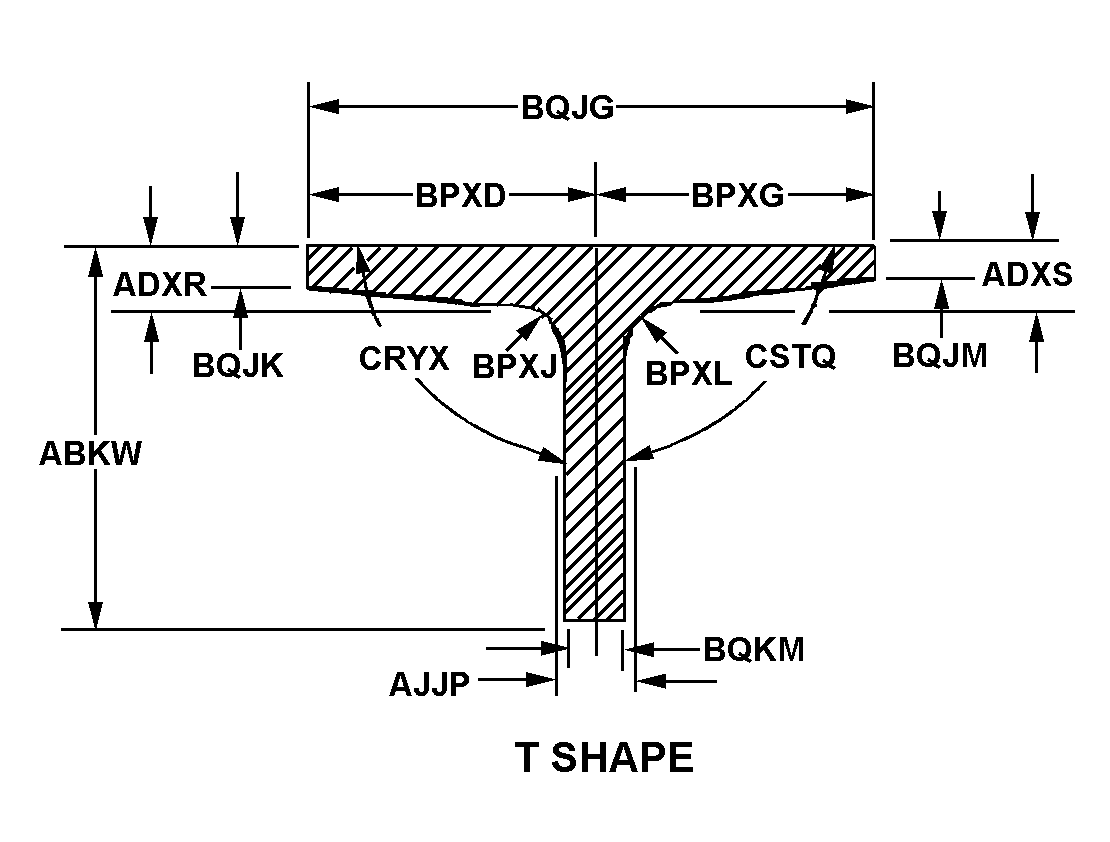
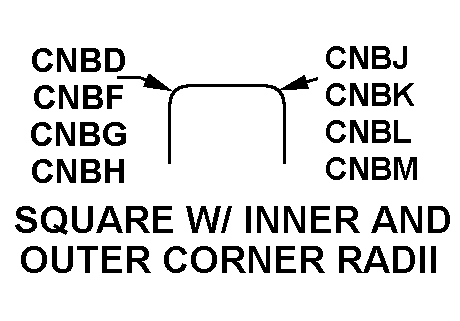
Definition Definition of approved item name (AIN): "BEAM,STRUCTURAL"
A structural shape fabricated from a ferrous or nonferrous material and resembles the following cross-sectional forms: for the letter h, both flanges of the h section are equal or longer than the width measured along the axis of the web; for the letter i, a 16 2/3 percent slope on the inside face of the ferrous type flange, either one or both of the nonferrous type flanges are shorter than the length measured along the axis of the web; for the letters t and z, on nonferrous type, the web is usually at right angles to the flanges. Letter h section may have a maximum of 5 percent slope on the inside face of the flanges.
9540-01-009-1674 Material Hazmat, Precious Metals, Criticality, Enviroment, and ESD
Indicates there is no data in the hmirs and the nsn is in a fsc not generally suspected of containing hazardous materials.
Precious metal content is unknown
Represents items with no adp components
The item does not have a nuclear hardened feature or any other critical feature such as tolerance, fit restriction or application.
Identification Codes
HMIC: Hazardous Material Indicator Code. A one position code that identifies a hazardous item.
PMIC: Precious Metal Indicator Code. A one position code which identifies items that have precious metals as part of their content. precious metals are those metals generally considered to be uncommon, highly valuable, and relatively superior in certain properties such as resistance to corrosion and electrical conductivity.
ESD: Electrostatic Discharge. Indicates if an item is susceptible to electrostatic discharge or electromagnetic interference damage. electrostatic discharge damage occurs when an accumulation of static electricity generated by the relative motion or separation of materials is released to another item by direct contact. electromagnetic interference damage occurs when an item comes into proximity with an electrostatic or magnetic field.
ENAC: Enviromental Attribute Code. Identifies items with environmentally preferred characteristics.
CRITL: Criticality Indicator Code. Indicates an item is technically critical by tolerance, fit, application, nuclear hardness properties, or other characteristics.






